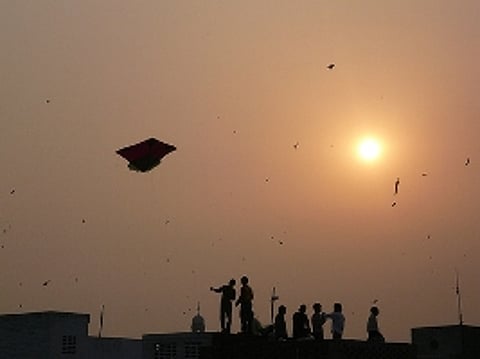Lahore’s culture of kite
People have flown kites for millennia – for relaxation, as recreation, as an ancient tool for military signalling and as a modern signifier of an ephemeral harmony. The practice originated in China around 3000 years ago, from where it eventually trickled into South and Southeast Asia. In Pakistan, kite flying has long brought the followers of various religions together annually, to join hands – and cross strings – in heralding the arrival of spring.
In the Subcontinent, legend tells of the 12th-century saint Nizamuddin Aulia, of Delhi, and his grief at the death of his nephew, Taquiddin Nooh. As he was wondering what he could do to cheer him up, Nizamuddin's close friend and disciple, Amir Khusro, came upon a group of village women dressed in bright yellow, the colour of mustard in bloom. The women told Khusro that they were celebrating spring, and offering flowers to their gods. The sight of the gaily-dressed women did indeed brighten Nizamuddin's spirits, and to this day, the Basant, or spring, festival is commemorated with a profusion of mustard flowers at several Nizamuddin shrines. While they are celebrated throughout Southasia by communities of all religious backgrounds, the festivities have long had a particular connection with Lahore. And the old, walled city is especially famed for its enthusiasm for Basant patang baazi, or kite flying.

